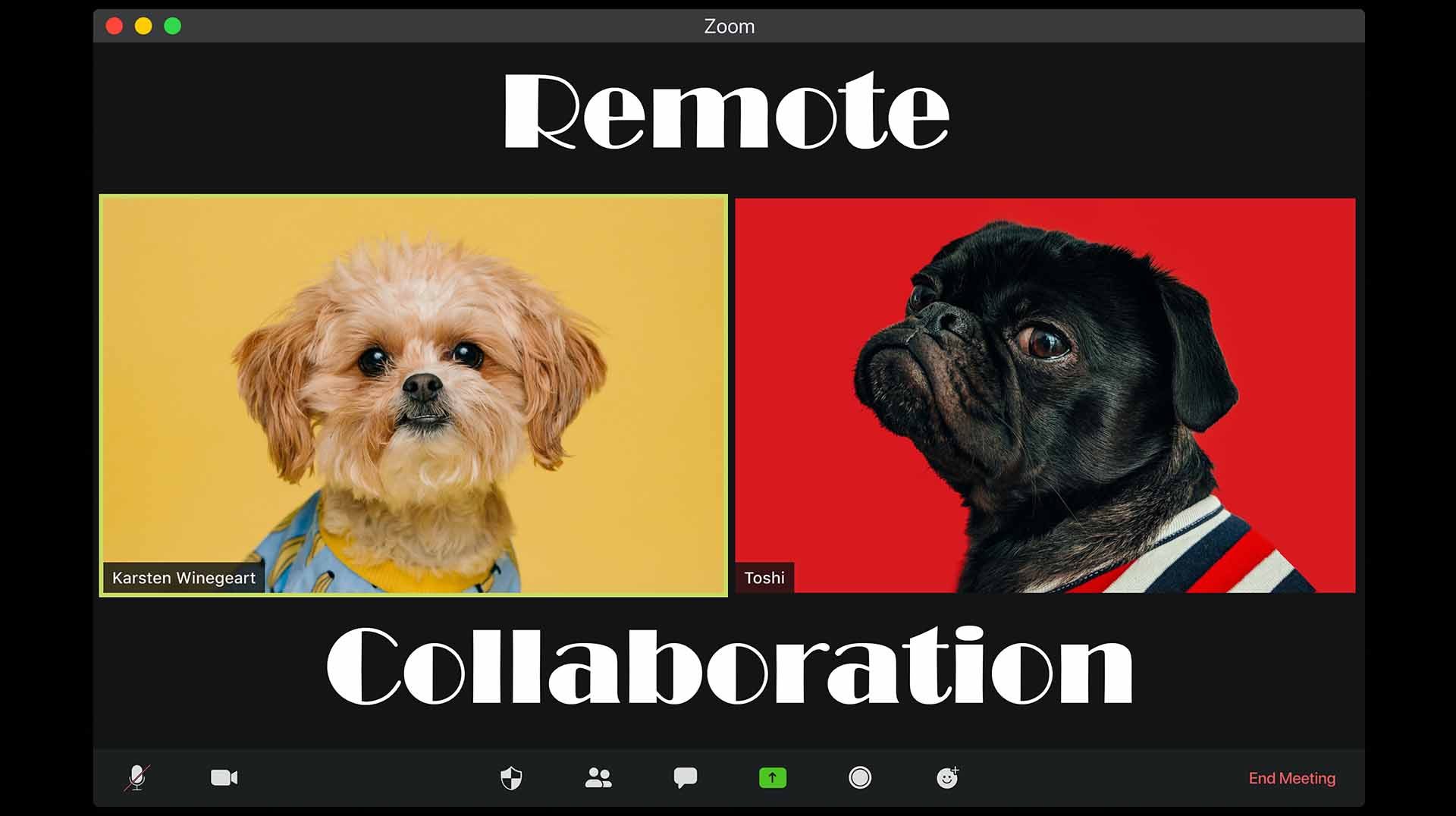How effective is remote collaboration in the design sphere?
Remote employees are a common thing in the modern design industry. With all the opportunities the Internet has opened for us, it couldn’t be any other way. Some employers eagerly outsource their designs to remote workers and have reasons for this. Some do not and again have their reasons. Let’s analyze these reasons and answer the “to be or not to be” question for the remote collaboration in the design sphere.
Table of contents:
Pros of remote collaboration

Saving money
Hiring a remote designer rather than having the full office of them saves lots of money.
Competitiveness
There are lots of platforms where designers compete in positive reviews to get a remote job, so here you can be more or less sure that you get a professional to create our piece of design.
Flexibility
You do not like how the job is done – hire another remote worker. You need the designer working night shifts? Hire one from the other side of the globe.
With that, successful remote collaboration is not a simple task for both a manager and a remote worker. How to set a workflow? How to make sure everybody’s doing their tasks properly? How to be sure that the messages and assignments you send are not lost somewhere in the void?
Cons of remote collaboration
I’ll be honest with you here: my experience with remote workers has not always been positive. It’s a rather risky thing in the creative sphere, where you have to make a proper brief, then send it to a designer so that they could come up with a solution to the client’s problem. After that, you go for edits, iterations, and all that story… Numerous times I had a situation when a designer of the project I was managing didn’t check the email box on time and delivered a mockup several days later. A simple thing that turns your workflow into a nightmare: lost nerve cells, heated arguments, inappropriate ideas created in a hurry because your client needs the task done for yesterday. Sounds painfully familiar, eh?
3 problems of remote collaboration

So, why these situations happen at all? I would narrow it down to several main reasons:
Overrelaxation
While working remotely, it’s sometimes hard for your employees to make themselves…well, work. I’ve been to both sides of the workflow, and that was the first thing I kept in mind when I got my first project to manage. A manager has to apply a proper supervision system so that remote workers don’t loiter. It is hardly possible to track all the actions of your designer, approver, or any other subordinate otherwise. There are dozens of arguments that could cover their inactivity like “sorry, I didn’t see your email” or “it took more time for me to do the previous task”, etc. Creative teams are creative in everything, including excuses. And that is a pretty common thing.
Unclear instructions
Let’s imagine a situation: you are working on a package design for some dietary supplement, your designer did the job, and you received the remark from the customer: “I want it to be more green”. You send the remark to your designer, and he makes the package green, while the client meant only the name of the company. It would be a lesser problem if there was a meeting where the client could just show the designer what they meant directly in the mockup. Instead, what is totally clear for your client, has a different meaning for a designer. The result is the loss of time, and, naturally, money.
Communication issues
Even clear instructions can create misunderstandings about the task, deadline, edit, or any other part of the workflow. It makes your remote subordinate constantly ask questions just to make sure, probably send screenshots, argue for or against some ideas. It takes much time, but it’s probably your best-case scenario. In the worst case, there won’t be any questions, and your designer will do the task as they understood it. And no one can guarantee they got it right, which means even more losses.
3 steps to streamline your remote collaboration

These pains were one of those reasons why we created Approval Studio in the first place. We needed a way to make cooperation with remote workers faster and easier. In Approval Studio we solve the problems of remote collaboration in the design industry by means of the following features which Approval Studio proofing tool can provide you with.
Project reports
Project reports, or Proof Reports as we call them, help to track time spent on every task during the workflow and find what or who was slowing your project down all the way. If it took your remote approver more time than necessary to do their task, you will see it. It gives more control to the manager and makes the whole project easier to supervise.
Review tool and annotations
Every approver and client can pick and annotate the exact object they want to be changed, so there will be no more unclear instructions. By the way, it’s not even necessary for the client to register an account in our tool to review the artwork.
Online Chats
You can ask any questions about the task, request clarifications, or debate on ideas right in the review tool with no need to wait for the response for days. Your client makes the annotation, leaves a comment, and your subordinate can instantly see it and respond to it. If there’s a need to discuss something without client seeing it, you can hide your conversation.
As one of my university professors always kept saying, communication is key to everything. We had a goal to make it as clear as possible in our tool to save time and money. If you have a creative team working remotely, Approval Studio will help you develop a fast and steady workflow that will not feel much different from your standard office workflow.
What are your ways of managing remote collaboration and what were the biggest difficulties you’ve faced? Share your ideas with us in the comments below or let us know via our support chat. Also, we welcome you to check our interview with Nikky Starret, a freelance designer and teacher from Canada, who will give you a deeper insight on her experience of remote collaboration.

 TEAM SOLUTIONS
TEAM SOLUTIONS WORKFLOW SOLUTIONS
WORKFLOW SOLUTIONS



 REVIEW TOOL
REVIEW TOOL PROJECT MANAGEMENT
PROJECT MANAGEMENT TOOLS & INTEGRATIONS
TOOLS & INTEGRATIONS
 CLIENT INTERVIEWS
CLIENT INTERVIEWS









